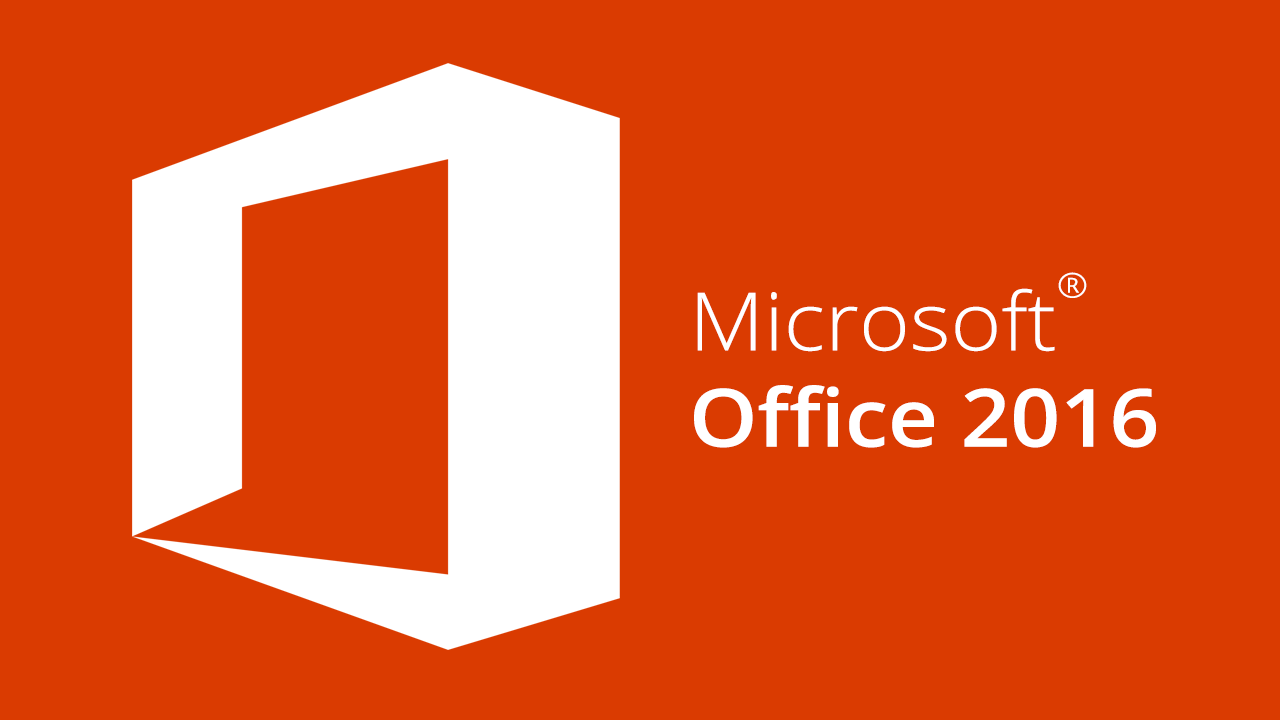
Every few years, Microsoft creates a video that appears on the destiny of productiveness. This generally entails massive monitors, masses of sensors, perfect thin tablets, and other software programs and hardware to transform the way we use computer systems. Instead of a destiny imaginative and prescient video for 2019, Microsoft opened the doorways to its Envisioning Center this week, inviting some reporters to look at Microsoft’s trendy vision of the future. Microsoft houses many of its prototype paintings inner a 7,000-square-foot lab on the employer’s campus in Redmond, Washington. Inside, there are massive displays for collaboration, assembly rooms with gadgets that mechanically recognize members, and touch-powered desks that trace how we might be running in the subsequent decade or so. This hardware is pushed via contact, voice, or even augmented fact, with software that reimagines how Windows and Office paintings nowadays.
“The world that we paintings in is undergoing virtually dramatic changes at a clearly speedy pace,” says Anton Andrews, who runs the envisioning crew at Microsoft. Central to this imaginative and prescient is something Microsoft calls Fluid Framework. It’s a way of rushing up collaborative paintings on the web by breaking down document structures into modular additives. Andrews defined factors of this as being like Lego blocks, allowing Microsoft to split up statistics so that you can without difficulty pass it from one revel into some other. “For us, it’s simply content material,” says Andrews. “The Fluid Framework simply lets us play with these types of bits.”
Andrews guided me through several demonstrations this week, all regarding the idea of improving collaborative work on documents, meetings, and everything in among. One demo involved what Microsoft envisions as a “Surface Hub wall,” and it combines projection era with a hundred-point Surface hub sensors to transform walls into clever surfaces that support touch, stylus, and even voice enter. Much like the Surface Hub 2, the idea is that companies should transform complete walls into meeting spaces.

The demo broke aside how Windows and Office work these days. It didn’t use a traditional keyboard or mouse. In fact, not one of the demos I saw did. This Surface Hub wall blanketed a prototype interface for how Windows should emerge as a portal for launching new collaborative ways of running. Imagine a home display screen with all your statistics, current files, and statistics in an information feed-style manner. Microsoft is doing comparable things for the Surface Hub 2 software program that will seem next yr, allowing Windows to be more lightweight and increasingly rely upon the net.
I saw these thoughts appear in each prototype scenario interior Microsoft’s Envisioning Center. Andrews walked me through any other demo involving a multiperson assembly, a commonplace experience in any workplace. I paintings remotely at The Verge, so I experience the complications of meeting the era first-hand. Whether it’s connectivity troubles, weird microphone problems, or simply the fundamentals of no longer seeing each person on a video call, conferences may be irritating and go away far off employees feeling overlooked of the communication.
Microsoft hopes to solve this with a mixture of sensors and cameras, making the higher song what’s happening in a video call. In the middle of this destiny, assembly becomes prototype hardware that would understand as many as 9 assembly individuals and use AI to select up diffused body language that a far-off participant might pass over. There’s also a live transcription provider, Cortana integration to assist run the meeting, and augmented truth to label each player so you by no means forget a person’s name.
Part of the demo entails an assembly participant referencing a document and having that mechanically flow into the transcription feed of the assembly. Microsoft’s Graph platform, which connects a couple of offerings and gadgets, is aware of what that record is and can feed it to an AI like Cortana. That’s increasingly where Cortana is heading now: to be a virtual assistant that allows workplace employees to organize their day with conversational interactions.
Microsoft revealed earlier this week that it would allow builders to get entry to developer kits of hardware that will allow a number of these future meeting paintings to come to life. It appears probable that we’ll sooner or later see hardware from Microsoft that objectives to replace the Polycom phones you generally discover in business meeting rooms with devices packed complete with sensors to permit ways higher meetings within the future.
The final demo that hinted at Microsoft’s instantaneous future turned into one related to desks that doubled as massive touchscreens. We’ve seen Microsoft already start to push human beings on this path with devices like the Surface Studio. However, the organization’s future vision paintings entail complete desks and working spaces dominated by huge touchscreen computer systems. While the opposite concepts largely targeted assembly situations, this prototype is wherein workers might be collaborating throughout more than one file and mixing information in Microsoft’s new Fluid Framework.
By breaking documents into modular components, Microsoft envisions permitting almost something mixed collectively by way of drag and drop. Multiple human beings’ work can be linked right into a single document, after which Microsoft imagines the usage of AI to apprehend the photos and text and integrate all of it right into an unmarried style. This vision is genuinely far off. However, it offers some suggestions about where the organization is deliberating taking its Fluid Framework.
“The underlying architecture can whole take care of any type of statistics,” explains Mike Morton, a program manager for Fluid Framework at Microsoft. “We haven’t shown audio or video… however, I’ll say there’s, in reality, the underlying era to the type of assist that.” That should mean a scenario where you drop a live-streamed video link into a record, and it’s routinely transcribed.







